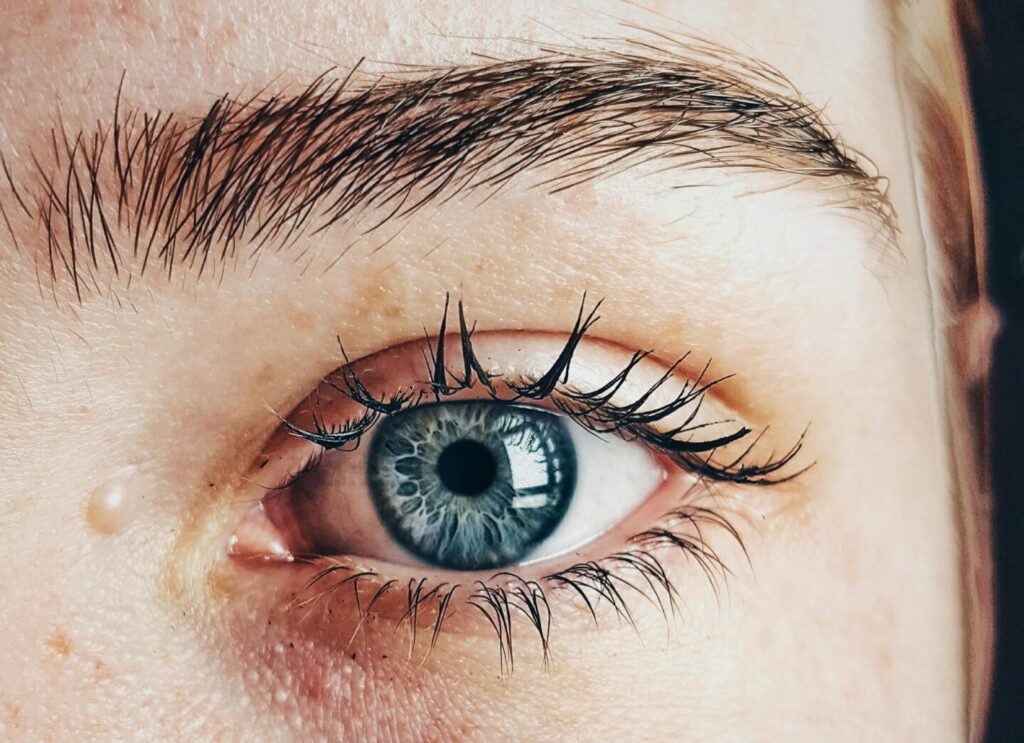The eyes are the central focus of our face, and there is no doubt that the light and sparkle in the eyes will drastically improve one’s look. Bright, clean eyes make one look gorgeous, fresh, active, and youthful.It is easier than ever to obtain the aesthetic of a Hollywood star with LUMIFY Redness Reliever Eye Drops, especially for those on a looksmaxxing journey.

What is Lumify?
Lumify is a unique brand of eye drops designed to treat redness. Unlike other OTC redness relief products, Lumify stands out by starting to work within just one minute, with effects lasting up to 8 hours.
When used regularly, it provides clear, bright eyes—perfect for a star-like look.This FDA-approved product contains brimonidine, a powerful ingredient that has revolutionized eye care, offering a fast and effective way to reduce redness and achieve a sparkling, white sclera—the white part of the eye—within minutes.
How Does Brimonidine Work?
An alpha-2 adrenergic agonist, Brimonidine, has long been used to manage ocular hypertension and glaucoma. However, Lumify is formulated in a much lower concentration to directly target the blood vessels in the eyes. By constricting these vessels, brimonidine reduces redness, leaving you with the bright, white eyes everyone desires.LUMIFY Redness Reliever Eye Drops selectively target the veins that carry blood away from the eyes. This ensures the effect is gentler, preventing the rebound redness often associated with other eye drops.
Check out 8 At-Home Treatments That Can Relieve Red, Itchy Eyes.

Why Lumify is Perfect for Looksmaxxing
Lumify is the go-to product in your beauty regimen. Here’s why:
Instant results: A single drop of Lumify within a minute helps reduce redness and brighten the eyes, giving a perfect look to its users with minimal effort and time.
Non-narcotic: It employs a delicate formula that does not contain penetrating and irritating ingredients like chemicals, bleach, and dyes, so stinging is not present and can be worn the whole day.
No Rebound Redness: Unlike many eye drops, Lumify prevents rebound redness, keeping your eyes clear and bright long after use.Boost Confidence: Clear, bright eyes quickly and effectively improve your overall aesthetic, making you look more youthful and well-rested.
How to Use Lumify for Best Results
- Turn your head back and attempt to press the lower eyelid down.
- Put one drop of Lumify solution in each affected eye.
- Close your eyes for two to three minutes while tilting your head downward.
- Gently press one finger on your tear duct.
- Use a disposable tissue to remove any excess liquid.
Bright Eyes, Beautiful You: Why LUMIFY Redness Reliever Drops Are Your Secret Weapon
LUMIFY Redness Reliever Eye Drops are the ideal solution for achieving bright, clear, youthful eyes. Developed by Bausch and Lomb, this product targets redness with its active ingredient, reducing redness and enhancing the natural brilliance of your eyes.
It’s gentle, safe, and free from bleach and dyes, making it perfect for enhancing your appearance. Whether for everyday use or a looksmaxxing routine, LUMIFY delivers Hollywood-perfect eyes.
Say goodbye to dull, tired-looking eyes and hello to a more confident you. LUMIFY isn’t just an eye drop—it’s your go-to beauty essential.

Final Thoughts
LUMIFY Redness Reliever Eye Drops are an ideal solution for anyone looking to enhance their appearance through eye illumination. Whether you’re new to looksmaxxing or a seasoned pro, Lumify delivers noticeable results with clear and bright eyes. Adding Lumify to your beauty routine takes just a few days, and you’ll quickly see a remarkable improvement in the radiance and clarity of your eyes.Ready to unlock that Hollywood star glow? Visit howtolooksmax and give LUMIFY a try today!


